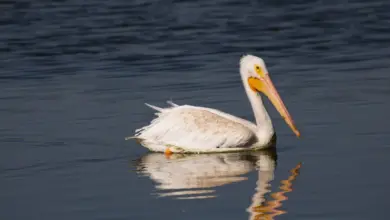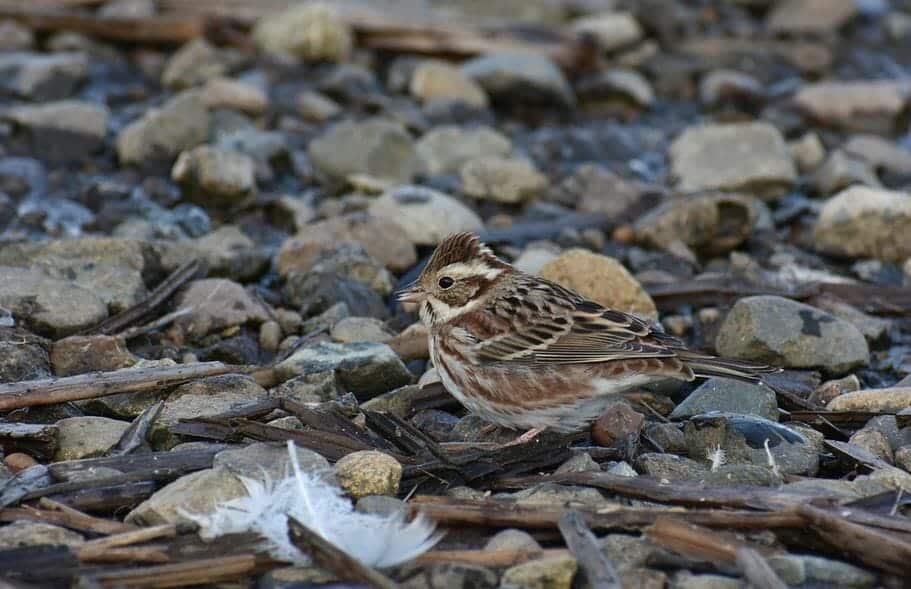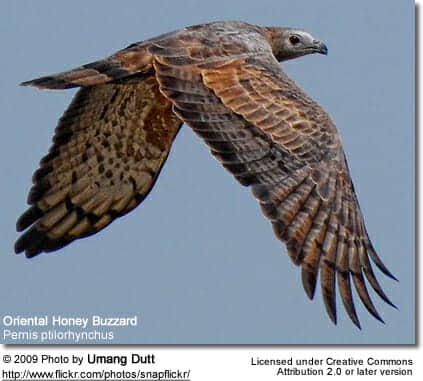Blue-winged Teal
The Blue-winged Teals (Anas discors) is a small dabbling duck.
Description:
The Blue-winged Teal is 40 cm (15.5″) long, with a 58 cm (23″) wingspan, and weighs 180 g (13 oz).
They have 2 molts per year and a third molt in their first year. The adult male has a greyish-blue head with a white facial crescent, a light brown body with a white patch near the rear, and a black tail. The adult female is mottled brown and has a whitish area at the base of the bill.
Both sexes have sky-blue wing coverts, a green speculum, and yellow legs.
Distribution / Habitat:
Their breeding habitat is marshes and ponds throughout north and central North America. Their range is all of North America except western and northern Alaska, northern Yukon Territory, northern Northwest Territory, and Northeastern Canada. They are rare in the desert southwest and the west coast. The nest is a shallow depression on the ground lined with grass and down, usually surrounded by vegetation.
They migrate in flocks to Central and South America. Some birds winter on the Gulf Coast and coastal California. During migration, some birds may fly long distances over open ocean. They are occasional vagrants to Europe, where their yellow legs are a distinction from other small ducks like Common Teal and Garganey. DNA analysis of this species has revealed it is very close genetically to the Cinnamon Teal.
Diet / Feeding:
These birds feed by dabbling in shallow water at the edge of marshes or open water. They mainly eat plants; their diet may include mollusks and aquatic insects.
Feeding Ducks …
We all enjoy these beautiful birds and many of us offer them food to encourage them to come over and stay around – and it works! Who doesn’t like an easy meal!
However, the foods that we traditionally feed them at local ponds are utterly unsuitable for them and are likely to cause health problems down the road. Also, there may be local laws against feeding this species of bird – so it’s best to check on that rather than facing consequences at a later stage.
- Foods that can be fed to Ducks, Geese and Swans to survive cold winters and remain healthy when food is scarce in their environment.
Please note that feeding ducks and geese makes them dependent on humans for food, which can result in starvation and possibly death when those feedings stop. If you decide to feed them, please limit the quantity to make sure that they maintain their natural ability to forage for food themselves – providing, of course, that natural food sources are available.
Call / Song:
The call of the male is a short whistle; the female’s call is a soft quack.
Taxonomy
Its placement in Anas is by no means certain; a member of the “blue-winged” group also including the shovelers, it may be better placed in Spatula. It is not a teal in the strict sense, and also does not seem closely related to the Garganey as was for some time believed. Indeed, its color pattern is strikingly reminiscent of the Australasian Shoveler.
References
- Dunn, J. and Alderfer, J. (2006) National Geographic Field Guide to the Birds of North America 5th Ed.
- Floyd, T (2008) Smithsonian Field Guide to the Birds of North America Harper Collins, New York
- IUCN (2009) BirdLife International – Downloaded on 08 Jan 2009




